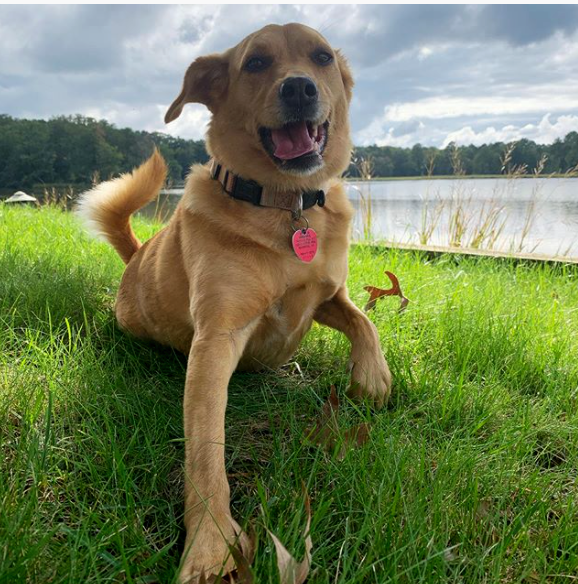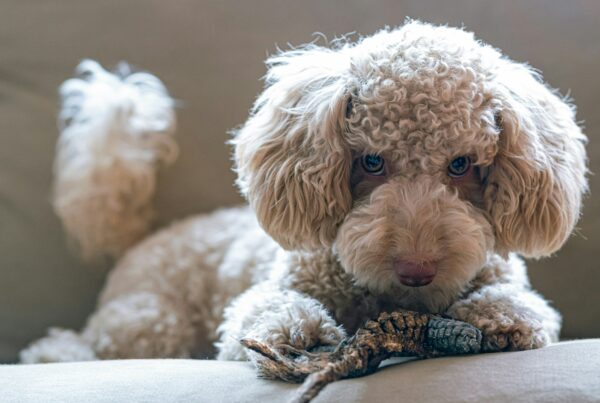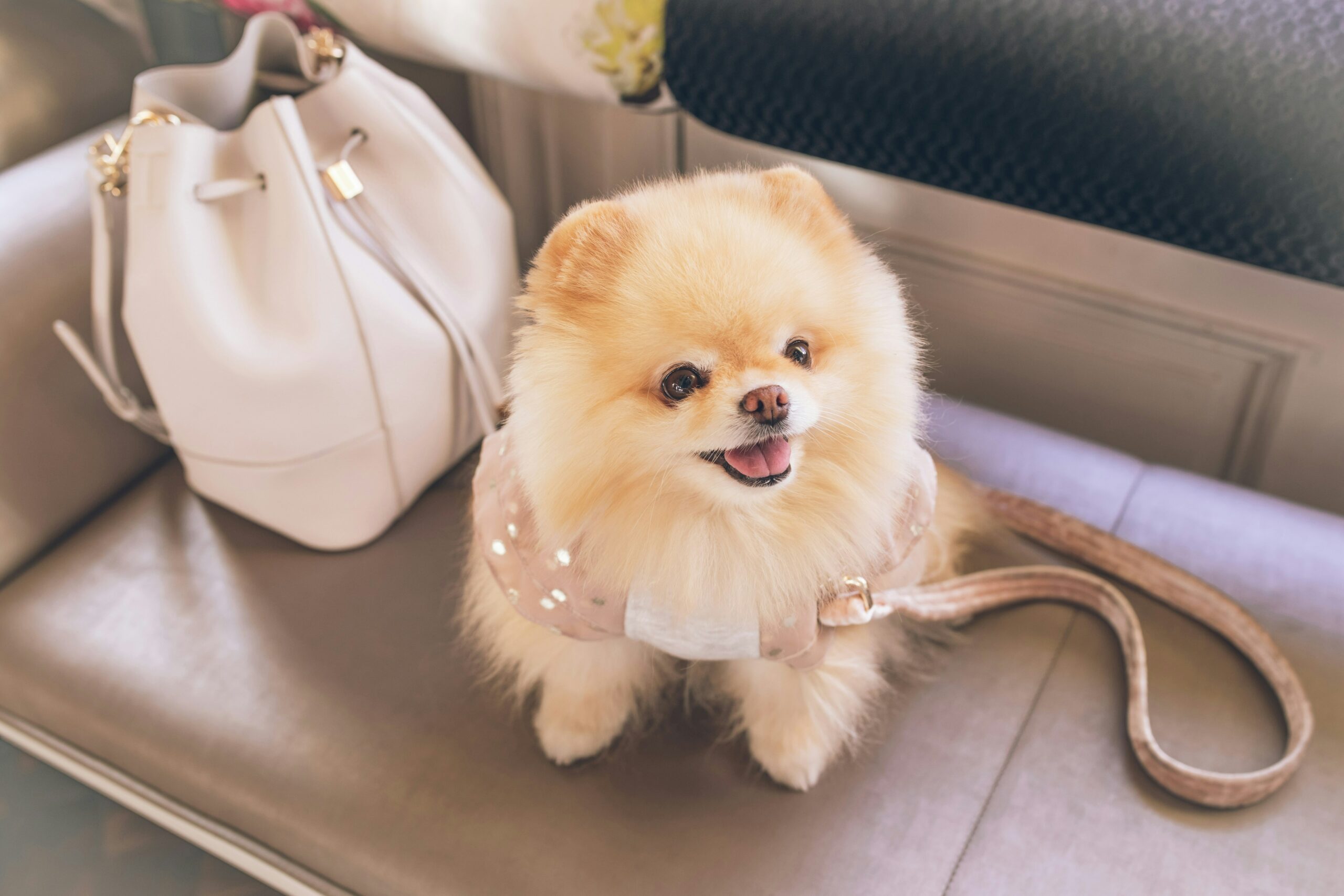If there’s zero certainty in how things will pan out over the next few months and this upcoming year with the election, corona virus and what this upcoming decade has to offer, we can always lean on one undeniable fact— pet parenting rates are on the rise. This is not only a win for shelters, dog foster agencies and adoptable pets but for humans as well. Companionship, responsibility and the need to be needed and loved are truly the certainty we can count on these days.
With that in mind, pet parents are wondering how to navigate how to set up their homes, what foods to buy and what resources are readily available for their newest family member.
House-Training Supplies
Newspapers, crate training, pee pads, playpen, fake grass. So many choices and so much ambiguity. Can a dog go from pee pads to peeing outdoors? Of course. Can a dog use both pee pads and go outside? Yes.
Crate training can absolutely work and it is one of the most tried and true methods for potty training. That being said not all crates are created equal and its not a one sized fits all to potty training. Pets generally do best when the crate is the appropriate size for the pet as well as if it has a soft plush blanket or bed inside. Different breeds, such as pitbulls crate size helps determine the effectiveness of crate training as well as feeling safe. Some dogs enjoy a towel or cover partially covering the crate. We personally recommend an open crate inside a pen for proper eye sight development or a crate inside a kitchen with a gate so that the pup can get comfortable in one specific sized area and then expand the area as the pup gets acclimated to its new space in that home.
Guarding a certain area or being responsible for the whole home (no matter if its a studio sized apartment or a mini mansion can be alarmingly overwhelming for a new guest. Choosing which crate is best will depend on the breed, max size and your budget.
Proper Nutrition
The previous caregiver for your pet probably gave you the remainder of the food that your pup was used to eating. While the old adage of slowly transitioning your pups food doesn’t need to be as hard and fast a rule as it once was when there were only three brands of kibble to choose from applies less stringently now then it did then, we still encourage you to explore various options regardless of the brand your pup is used to.
Now more than ever science is catching up with nutrition as pet parents have options from farm-to-table meals, to frozen raw diets and DIY recipes in addition to kibble. We recommend doing your research by looking for longitudinal study results, joining a breed specific group online on Facebook or yahoo or creating your own to see what other pet parents with the same or similar breeds have fared with various brands across time.
Dry dog food aka kibble is processed at 400+ degrees multiple times which does kill many of the bacteria, viruses etc, but also too nutrients, so please do consider a diet of at least 50% wet food (this means healthy table scraps, canned or frozen dog food, or fresh dog food with human grade ingredients) NOT adding water to dry dog food for optimized nutrition.
Socialization
Dogs are pack animals. They were born into a litter and they benefit greatly from making short, medium and long term dog (and yes cat or rabbit) friendships. Socialization with other humans and other dogs ideally is a consistent part of your routine from day 2 or 3 and spans throughout their lifetime, with an emphasis on their earlier years.
When you are a calm and confident pet parent, then your pup can trust that you will protect them from danger. When you are nervous and hesitant you will end up signaling to your pup that they must take on the parent role which can lead to resource guarding (aka protecting you both inside and outside of the home- most of the time without your consent). This is where leash pulling and growling more often than not are the gateway behaviors to more serious liabilities down the road such an seemingly unprovoked bites and aggression towards children, other animals and the elderly. No one needs that.
Exposing your pet to people of various heights, doing different activities (skateboarding, vacuuming, carrying luggage, skipping or bouncing a balloon) are greats ways to desensitize your pet to non-dangerous city life. Dog daycares, dog parks, off leash park hours, playgroups and pet parent meet ups are all fun and interesting ways to give your pet a varied life and for your pet to gain confidence while enjoying much needed playtime and learning (and eventually teaching) social boundaries.




